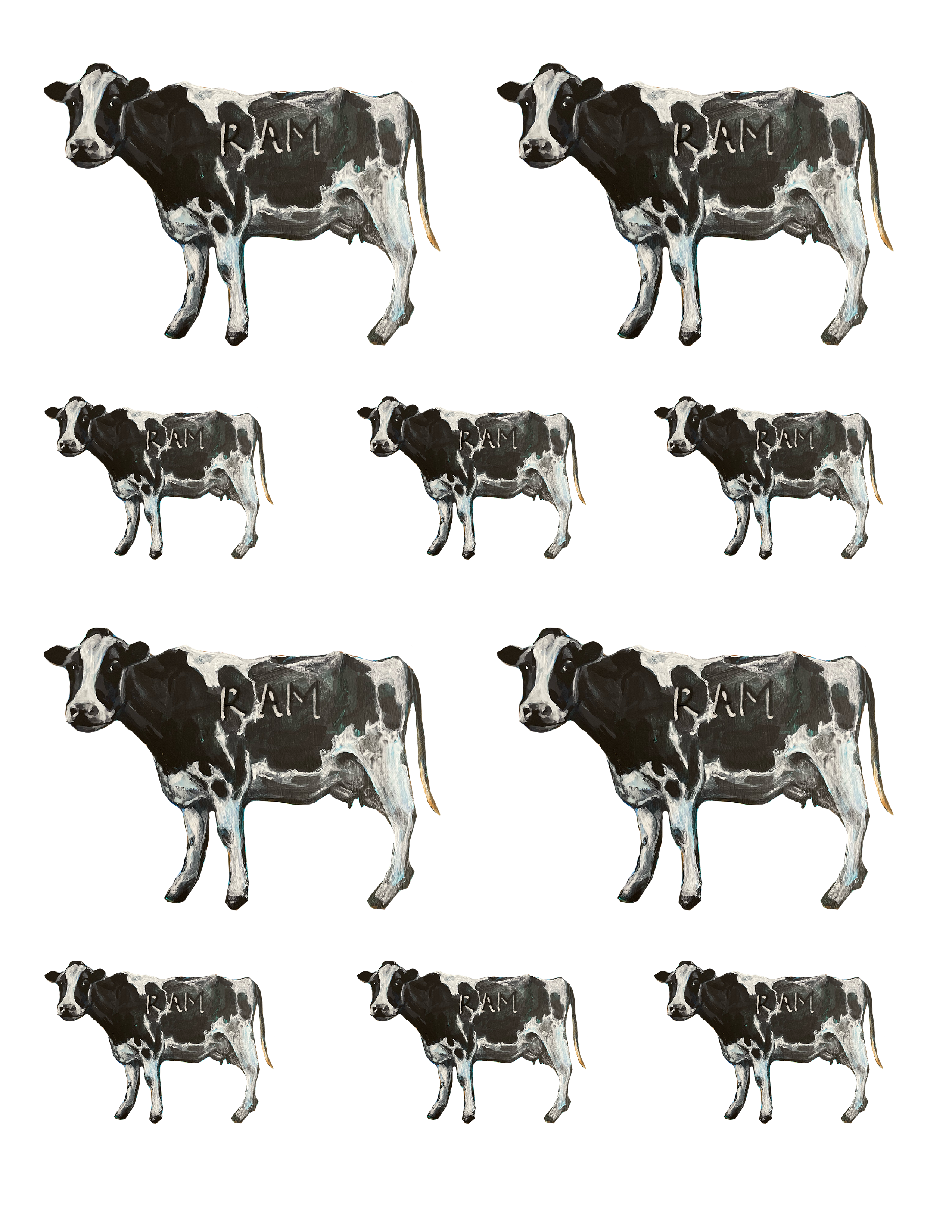A syllabus is an open question.
It is a thought trail, (1) Writing this does make me realize…all writing is a thought trail. Solidified, perhaps invisibly bent or broken. But at some point, it was a Live Thought Trail, transcribed in that moment. (2)Which makes me think about how invisible the editing process is to us. We only encounter texts in a so-called “finished” or complete state. Someone else has probably already written this, maybe Barthes. (3)And Lastly, I am now wondering if anyone has researched the difference between handwritten transcription of thought trails (writing) versus computer written transcription. I know that the different embodiments of those forms of writing could impact their solidity (memory) in someone’s mind, but also the immediacy of typing (speed) does allow it to “keep up with” my mind in a way that my hand cannot. Then again, someone who loves handwriting might argue that hand-writing slows the mind is a positive way. Or that the mind slows in response to the hand. (As if they are not connected.) Or that the hand trying to keep up with the mind makes the mind into a sort of kind older sibling of the hand: the mind takes a pause to explain things better to the hand. This metaphor also reveals how deeply ingrained in me the notion of “mind” is.
expressing an account of what someone read with relevance to a certain topic or question. Unlike an academic essay, however, a syllabus is open, not argumentative.
(1) Writing this does make me realize…all writing is a thought trail. Solidified, perhaps invisibly bent or broken. But at some point, it was a Live Thought Trail, transcribed in that moment. (2)Which makes me think about how invisible the editing process is to us. We only encounter texts in a so-called “finished” or complete state. Someone else has probably already written this, maybe Barthes. (3)And Lastly, I am now wondering if anyone has researched the difference between handwritten transcription of thought trails (writing) versus computer written transcription. I know that the different embodiments of those forms of writing could impact their solidity (memory) in someone’s mind, but also the immediacy of typing (speed) does allow it to “keep up with” my mind in a way that my hand cannot. Then again, someone who loves handwriting might argue that hand-writing slows the mind is a positive way. Or that the mind slows in response to the hand. (As if they are not connected.) Or that the hand trying to keep up with the mind makes the mind into a sort of kind older sibling of the hand: the mind takes a pause to explain things better to the hand. This metaphor also reveals how deeply ingrained in me the notion of “mind” is.
expressing an account of what someone read with relevance to a certain topic or question. Unlike an academic essay, however, a syllabus is open, not argumentative.
It is not neutral. It is a situated form of knowledge, (4)Zone Books. Haraway, Donna. “Situated Knowledges: The Science Question in Feminism and the Privilege of Partial Perspective.” Feminist Studies 14, no. 3 (1988). compiled by someone with a perspective and certain background experiences and environments that shape it, and not programmatic: it resists forcing ideas and arguments. It does not evangelize. It does not claim objectivity, totality, holism. The assumption is that the content will expand outward.
It does not claim objectivity, totality, holism. The assumption is that the content will expand outward.
A syllabus is tentacular, magnetizing connections, synthesis, resonance. It outlasts the Real classroom, digitally, physically, in new iterations formed by students. The syllabus makes offerings. Including: a cloud (5)Slightly tongue-in-cheek usage of a Terrible metaphor used for tech. of resources that are meant to be reshaped, questioned, loved, hated: it does not answer the question, but rather spawns more questions beyond it.
in new iterations formed by students. The syllabus makes offerings. Including: a cloud (5)Slightly tongue-in-cheek usage of a Terrible metaphor used for tech. of resources that are meant to be reshaped, questioned, loved, hated: it does not answer the question, but rather spawns more questions beyond it.
A syllabus embodies: knowing more is knowing less.
“How can value be created in a world of so much abundance?” ask CSS, the studio of Laura Coombs, Laurel Schwulst, and Mindy Seu. “Perhaps by thoughtfully considering and relaying our learning trails,” they suggest. (6)https://coombs-schwulst-seu.com/
None of these ideas are new or mine, for as long as I or you or anyone else can remember them.
This is my attempt to share (7)Outside of social media…it occurred to me as I worked on this that this impulse to share resembles what apparently drives social media. I have always been a skeptic of social media, genuinely since its beginning, so this struck me: perhaps I should reconsider that skepticism. And I still do think I should. But this is also hosted by me, shared by me, solely dependent on my own capacity to code and my small amount of web hosting. It relies on no multimillion dollar corporation. some of my thought trails. These are histories of personal formation, resources that co-form my and others’ ideas.
It’s impossible to say this in English, or written language, without built in problems: that I must (you)se “I,” that I must write in a linear fashion (that language functions that way), that this becomes fixed (for now) (as far as you know). How much can I resist argument and prescription in written language? (8)As a designer, is this inextricably embedded in what I do? Should I opt out then, find another thing to do, find something less programmatic?
(8)As a designer, is this inextricably embedded in what I do? Should I opt out then, find another thing to do, find something less programmatic?
This is a work in process. A website is never current, but just the same, reborn each time the link connects to a device.